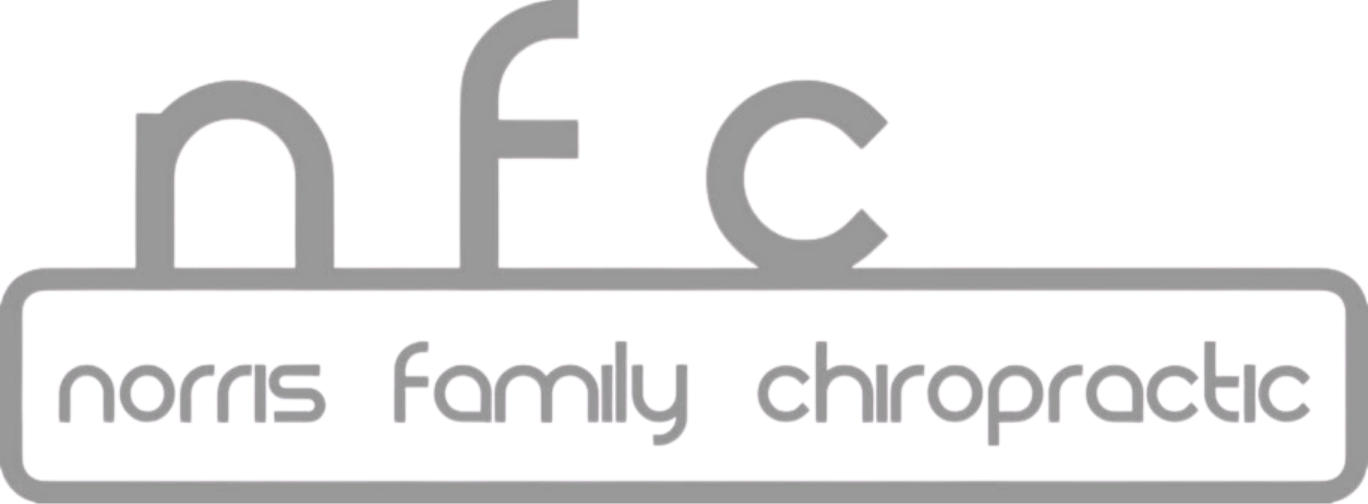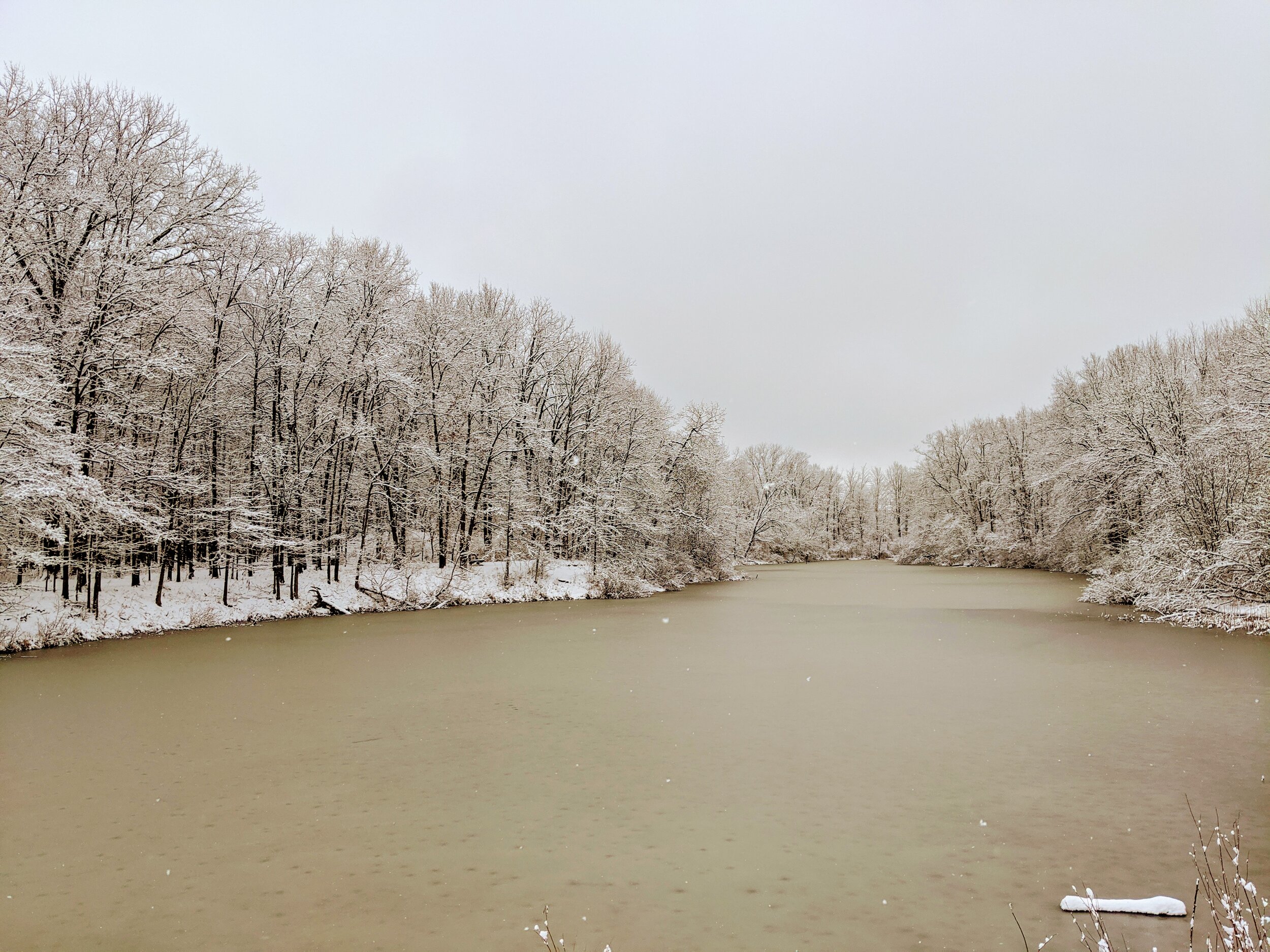Getting Un-Busy: Reflections
Yesterday marked the first day in many months of warmth, sunshine, and temperatures worth not wearing a coat. It’s as if a freedom in the body returned to us. This winter was long, hard, and cold. Many of our clients and acquaintances were voicing complaints about the bitter, frequent cold. Many felt a need to hibernate and stay close to home. We each struggled with a seeming sluggish energy, even though we agreed we were not depressed. Eating well, taking vitamins, working out, and other activities continued, yet still our experiences seemed somehow to reflect a lowness. So, what is it about January to mid March that makes us cocoon away? Weather, life transitions, lulls related to normal waves of life? Even if the answers to those questions are not apparent, can we embrace the different energy rather than jump to a conclusion that something is wrong if we don’t feel like being busy?
We connected in early February to write our next piece. We set a loose date of mid-March to have something on paper. The date approached and then passed and neither of us said a word to each other. We were both there, static, feeling the lack of motivation to do more than exist. We connected again last week and as we enjoyed a marvelous local omnivore lunch, both of us felt more energy for writing. Both of us felt creativity and were energized talking with each other. We agreed this experience of low energy is what we should write about next.
Allison’s View
Piggybacking on our first writing duet, what comes to mind is do less, stay in the moment, and be present. If we acknowledge our desire to do less during the depths of winter and we stick to that and commit to less, it would make sense we would be more content, right? So, why doesn’t it always feel okay and safe? One answer is we aren’t used to doing less. Perhaps, if we practice this and respect our bodies needs during the seasons, during our own personal time crunches, and just daily, then we will get better with the stillness of doing less and the bigger spaces between activities.
Staying in the moment. Have you ever just looked out at freshly fallen snow and marveled? It’s beauty is unreal! Or is all you see the shoveling and hassles of tomorrow’s commute? If we can truly stay in the moment we will share more of these beautiful moments with the cold winter days (and also the hot sticky summer ones).
Being present is essential to accomplishing the two above but I think it is even more than that. It’s acknowledgement of staying in the moment and doing less. It’s consciously saying it’s okay to stay in on this snowy day. It’s not rushing to the store for bread and milk since the snow is predicted. It’s the awareness that our bodies do slow down in the winter and this is okay and can even be very healing.
I think I am only just beginning to have this shift in perspective as the days are lengthening and it isn’t frigid every day this week. But I am hopeful that I can take some of what I have observed about this very long winter and apply to future winters. The shifts of seasons are a time for reflection, repurposing, and opening to what is ahead. I am optimistic this winter has given us all a lot of time to think and now we can move ahead and take action! Or not. Only when you’re ready.
Darla’s View
What I kept doing in these last few months, is give myself permission to simply be. If I didn’t feel like doing something, including writing, I didn’t do it. If I didn’t feel like socializing, I didn’t. If I didn’t feel like reading, I didn’t. I ate things if they called to me, if I didn’t feel like eating, I didn’t. What I did do was consistently be mindful of my mood and emotions, and exercise daily (running, weight training, martial arts, or yoga).
There is a skeleton of discipline of taking care of myself that I have maintained for many years. I think this framework helped me to process the mental or emotional “low” that I was experiencing, or rather the louder volume of my sad, mad, or worry feelings. I kept giving myself permission to feel this low energy and told myself it was temporary, I’d feel different when I was ready to feel different. I reassured myself even when I worried and considered something was “wrong” with me.
I’m aware that many people avoid emotions with being busy. I work with clients who have spent a lifetime avoiding feelings and then they come crashing into their lives, unavoidable no longer. These can be big emotions that form a picture of anxiety and/or depression, or settle into the body as back pain. They are scared of the big emotions. Perhaps this is why I make it a practice to be friends with the subtle worry and sadness when they arise. This winter mix of lowness and heightened emotions called for maintenance, like exercise of my body, it included being with subtle emotions when they arose, not avoiding them with some kind of busy-ness. With intention, I did the maintenance with a lot of reflection.
Conclusion
Perhaps cold winter months could be considered a time for emotional maintenance.
Emotions require time and attention. We lead our “busy” lives year round, but maybe this busy-ness is code for “avoid present moments and avoid emotions.” January to March seems like a natural re-calibration period, even if activity levels are the same, there’s a low that calls for “slow” action, or more accurately, reflection. Non-busy-ness. In this way, winter is spring, it’s a time of renewal in attention to a full range of emotions! It’s a perfect time to do less and be present.
“I was so non-busy last week and felt a lot of emotions.” We’d like to hear people say this more often in response to the questions about how they’re doing, and say it without feeling guilt for not being “busy.” Perhaps we can encourage steady emotional maintenance with non-busy-ness year round we’ll see how it goes next January.
Dr. Allison K. Norris, is a chiropractor practicing in the Lakewood, OH area for the past 10 years. Her focus in practice is on the entire family from birth to the aged. She thoroughly enjoys teaching her patients about health in a variety of ways including: chiropractic, nutrition, massage, exercise, and acupuncture/energy work. She also lives in Lakewood with her husband, 3 kids, and dog.
Darla Sedlacek, Ph.D. is a Psychologist, Fitness Trainer, Coach, and avid athlete. Dr. Darla provides a menu of services to adults and youth including psychotherapy, fitness training, and seminars for various topics. She addresses sport performance enhancement, energy management, weight and body image, obesity, recovery from injury, mood and anxiety disorders, adjustment issues, spiritual development, relationships, family issues, trauma, grief and loss. She was faculty at Cleveland State University in the Health, Physical Education, Recreation, and Dance Department and the Counseling Department.


